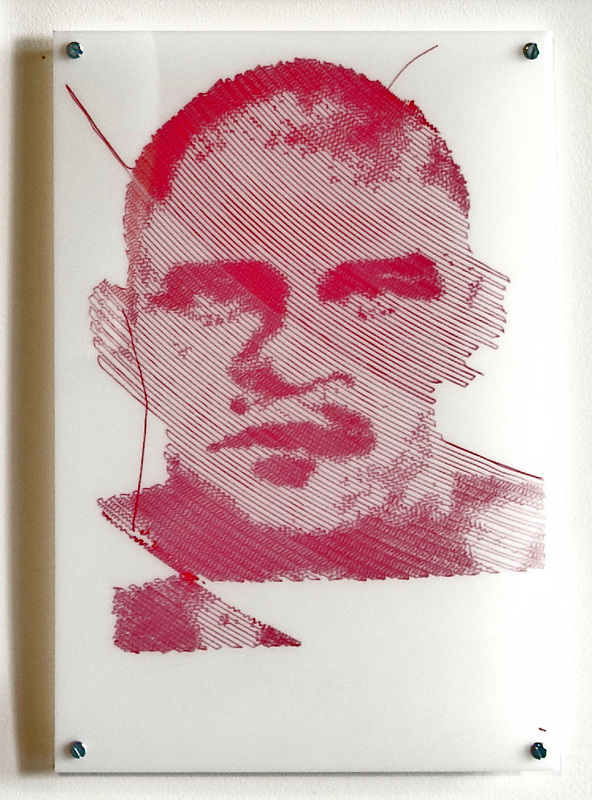The following is an excerpt from a comment of mine in an online group discussion through the MA Digital Cultures in UCC around the topic of crowdsourcing and crowdfunding. I’m interested in relating this to another topic that was recently raised in the course regarding Generative Artwork.
Is crowdsourcing to become an alternative in the future to public or state funding?
If so, does this force projects, artists, groups, etc. to have a popular spin or edge to their work/research?
In recent years Arts funding has been cut drastically across the country, and artists, groups, etc. have in some cases been told by local Arts Offices and arts funding bodies to look to FUND:IT and other crowdfunding sites as a viable alternative for funding.
This might work fine if you’re a budding photographer who creates beautiful landscape images, but will it support a less popular or ‘sell-able’ product like an artist looking to create a body of work about an abstract art movement at the turn of the century and how it has impacted current research into….and so on and so forth.
The very nature of successful crowdsourcing is that it be popular, and as businesses, governments and other funding bodies take advantage of ‘free contributions’, will they continue to sponsor and support projects, groups, research etc. that are not ‘popular’?
From online post in Canvas by Conall Cary 23 Sep 2019
While crowdfunding and Generative artwork are not necessarily directly related topics, the common thread between the two is my worry over potential misuses and abuses of their platforms in the future.
Generative Art is is defined by Wikipedia as the following:
Generative art refers to art that in whole or in part has been created with the use of an autonomous system. An autonomous system in this context is generally one that is non-human and can independently determine features of an artwork that would otherwise require decisions made directly by the artist
https://en.wikipedia.org/wiki/Generative_art
Generative art has brought an interesting new medium to the toolset of artists, which have facilitated the creation of a whole host of exciting and engaging artworks.
There is a lot of debate among-st artists as to the artistic nature of autonomous systems of creation of art, one of the better discussions is provided here if you’re interested and want to have a look: http://digicult.it/digimag/issue-057/generative-practice-the-state-of-the-art/
I remember my first real personal experience with a Generative Artwork when I encountered my friend Richard Forrest’s self made drawing machines creating quite beautifully distorted portraits in coloured pen onto perspex.

This a fantastic example of an artist using machine automation as a tool in creating a type of artwork that wouldn’t be possible without the automated process, and I think that the majority of Generative Artwork created by professional artists all strikes me as having a similar sense of uniqueness; an artwork that crosses disciplines and combines methodologies, and can even act as a fantastic learning aid as seen in the ArtMovement site designed by friend and artist Dominic Fee.
What becomes different is when someone else takes Richard’s machine, and makes work in his unique style for the purpose of resale or their own artistic identity. In this instance I’m sure artistic and intellectual copyright would protect Richard, but when it comes to algorithms that mimic artistic styles, there is currently not much in place to easily protect artists from being taken advantage of.
For instance, in the future I can imagine there being very little difficulty in creating a programme that can scan a variety of say Illustrative styles and combine the most interesting formal and conceptual elements within them to then generate its own images responding to specific briefs or commands. It would be difficult to say that it had ripped off any one particular style, and as such would be more difficult to legislate against.
If this programme was then used in a professional job, where a tender was put out for an illustration to a group of illustrators, it would be impossible for the human illustrators to compete in terms of time and cost with the speed of the automated system.
This is only one example, and in fact you probably could bring a law-suite against someone who ran that programme for that purpose, but I can easily imagine that before more explicit rules are put in place surrounding the usage of certain categories of Generative Art systems then there might very well be a period of abuse and exploitation of artistic and intellectual copyright that takes place.
The other purpose of this post was to possibly make use of the ‘comments’ feature in WordPress, so I would love to hear back from people on any thoughts or ideas surrounding the issues of either crowdsourcing, Generative Arts, or anything else that may have been sparked!
(For viewing from P.C. or Tablet : The ‘Leave a Comment’ link is on the left hand side near the post header)

I’ll be the first to make use of the comments feature, then! I really enjoyed reading this, Conall. As someone who knows nothing about Generative Art, I found the copy (and links) to be really easy to follow and I feel like I have some understanding of the topic now. Let’s definitely get into this next semester in DH6018!